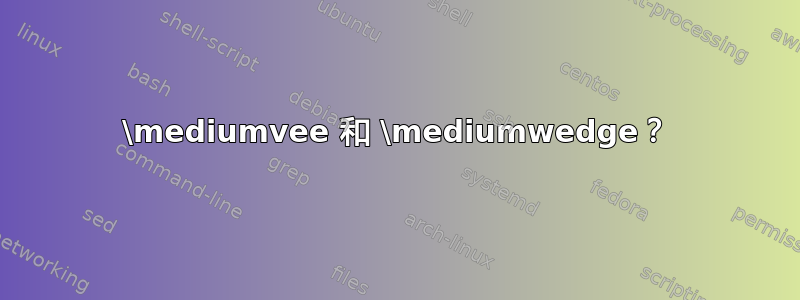
答案1
如果将“Hunter 风格”的全称量词与标准“and”符号一起使用,我会感到非常困惑。
这是一种可能性,缩放\land以匹配大写字母(我使用 T 作为匹配字符)。
\documentclass{article}
\usepackage{graphicx}
\DeclareRobustCommand{\hunterforall}{%
% no need to make it scalable in sub/superscripts
\mathord{\resizebox{!}{\fontcharht\textfont1 `T}{\raisebox{\depth}{$\land$}}}%
}
\RenewCommandCopy{\forall}{\hunterforall}
\begin{document}
$\forall x(F^*(x)\land F^{*\prime}(x))$
\end{document}




